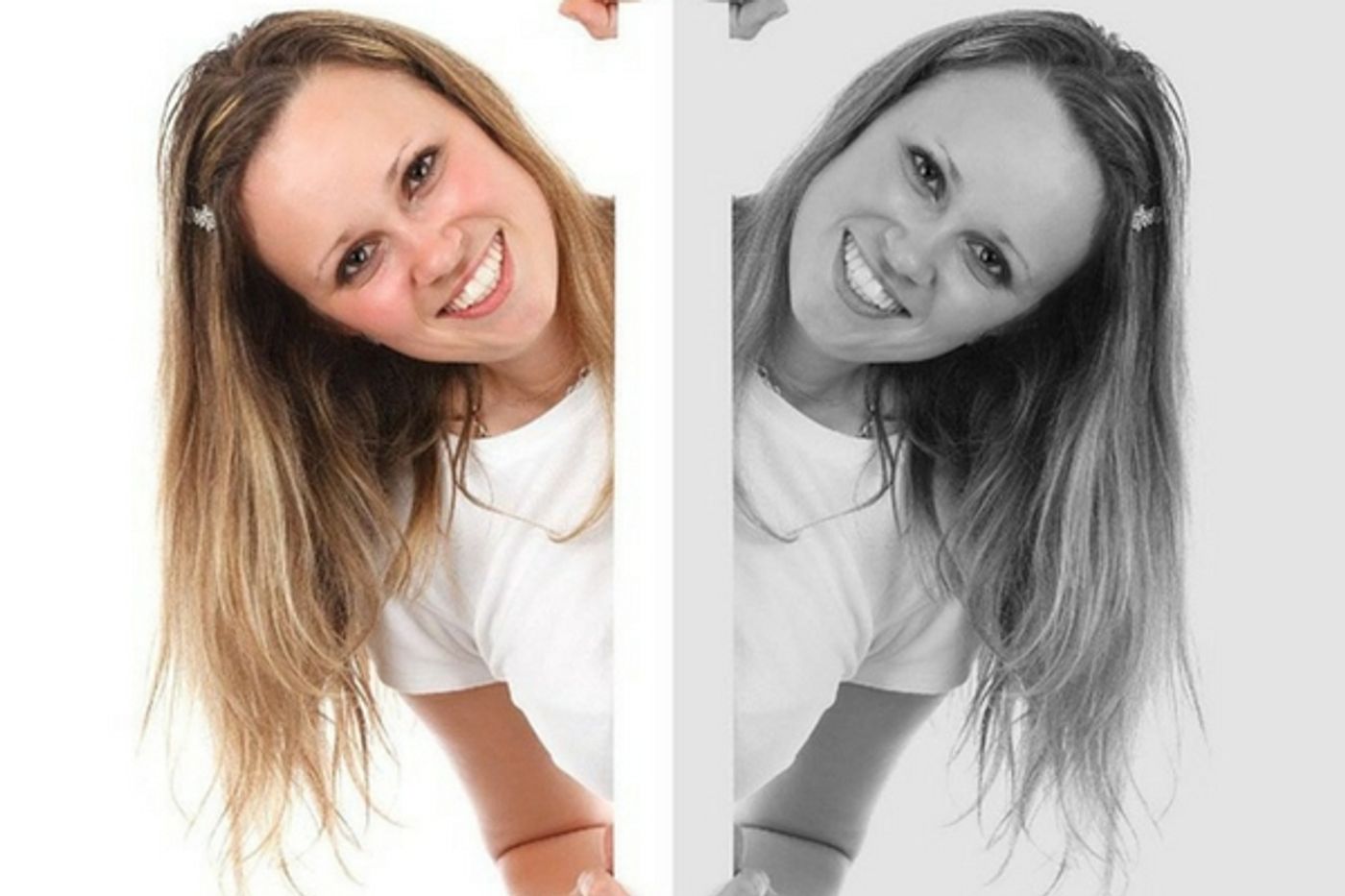Mirror, Mirror in the Box
While neuroscience can be mind-blowing at times, it isn't magic, and it doesn't involve illusions or sleight of hand. But optical tricks can be a part of how some researchers investigate how regions of the brain that process vision and sensation function.
A classic illusion is known as the "mirror box" illusion. It's often part of research into the pain some patients feel after a limb has been amputated. This "phantom pain" is fairly common in some amputees, but there are different ways for patients re-wire their brain to alleviate phantom pain that can be debilitating.
Researchers at the University of Delaware used the mirror box illusion recently, but in a different way. Typically, for amputees, the illusion works with a two-sided mirror set up vertically on a table. Placing the arms on either side of the mirror, in the same position, and moving them tricks the brain because there is a disconnect between what the brain sees and how the remaining hand is moving, and yet the patient feels like it's the missing hand that is moving. It's in this way that patients who have lost a hand (or arm, leg or foot) can use this eye-brain conflict to relieve pain in the limb that isn't really there.
Neuroscientist Jared Medina and doctoral student Yuqi Liu at Delaware changed it up a little. In a study funded by the National Science Foundation and published recently in the journal Scientific Reports, they asked study volunteers (who were not amputees) to place one hand palm up on one side of the mirror and the other hand behind the mirror, and out of sight, with the palm facing down. The experiment created a conflict between what participants could see and proprioceptive feedback. Proprioception is how the brain senses where the body is in relation to its surroundings.
The volunteers were asked to clench and unclench both hands at the same time. After a few minutes, participants reported that they felt like the hand behind the mirror, that they could not see, had flipped over and felt as if it was in the same position as the hand in front of the mirror that could be seen. The brain takes in these perceptions, including how the muscles and joints feel, the biomechanics of the motions, how more complex actions affect the illusion's impact on the brain but exactly how isn't entirely clear yet and a conflict persists despite vision being the more reliable sense.
Medina explained how study participants reacted to this phenomena, "All of a sudden during our experiments, you'd hear a little laugh of surprise when people experienced this neat sensation of feeling like their hand flipped, even though it did not move. Vision is really precise, but proprioception—the sense of where your body is in space—is noisier. So if there is a conflict between these senses, and vision is telling you that your hand is right there, but proprioception says it isn't, your brain is optimally calculating. Vision, because it is more precise, typically rules. However, in our study, the brain also appears to be considering additional information—biomechanical constraints from the body schema—in resolving this conflict between the senses."
The team hopes to continue the research, adding in functional MRI (fMRI) scans to try and visualize what the brain activity looks like when trying to reconcile the different messages the brain is receiving. Check out the video of some of the study volunteers in the experiment and maybe try it yourself. Let us know in the comments what happened. Did you feel like your hand flipped over?
Sources: University of Delaware Scientific Reports, PsychCentral









